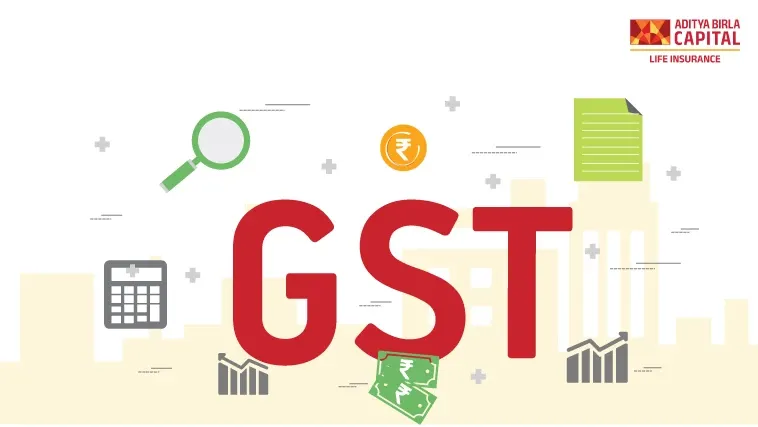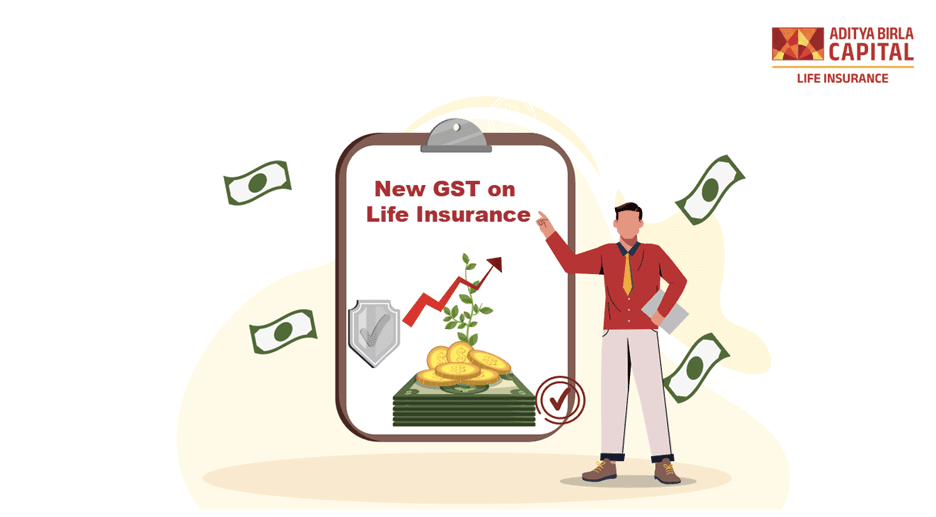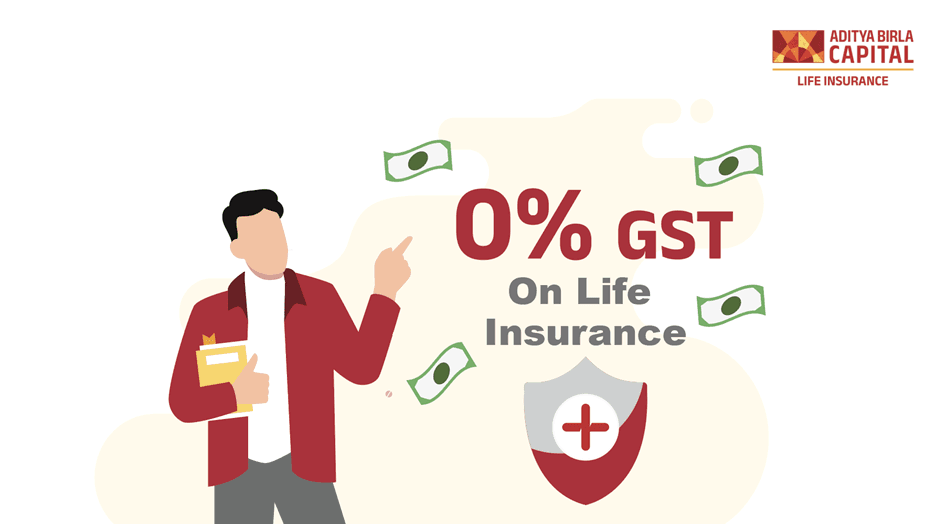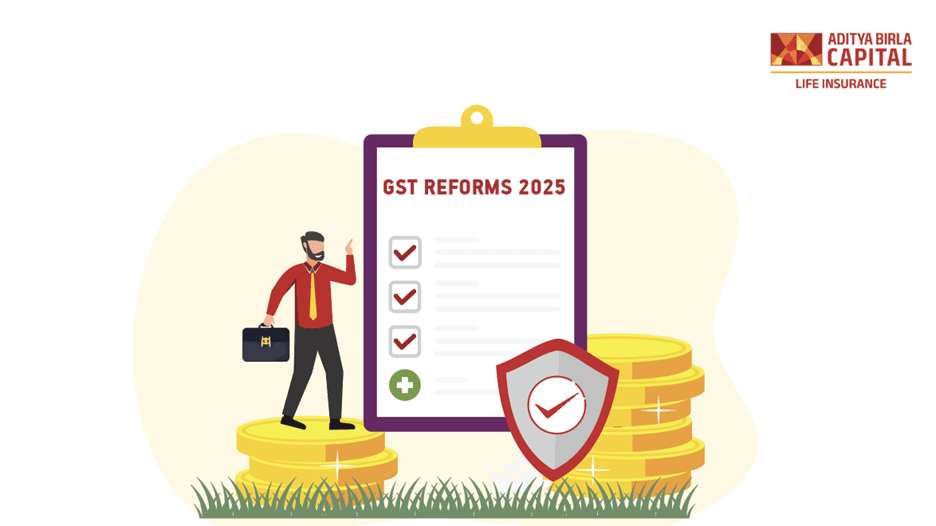What is the Goods and Services Tax (GST)?

Plan Smarter, Live Better!


- Table of Contents
Types of GST
GST tax is classified into four categories, which are listed below:
State Goods and Services Tax (SGST)
The State Goods and Services Tax Act of 2016 governs SGST. The present state taxes of State Sales Levy, Luxury Tax, Entertainment Tax (unless collected by local governments), VAT, Lottery, Betting, and Gambling Tax are all rolled into the SGST tax.
Central Goods and Services Tax (CGST)
The CGST is an abbreviation for Central Goods and Services Tax. It is responsible to providers based in the state. The accumulated expenses will be shared with the target expert body.
Integrated Goods and Services Tax (IGST)
The term "Integrated Products and Services Tax" (IGST) refers to the tax imposed under this Act on the delivery of any goods and services in the course of inter-State trade or commerce, and it includes, for this purpose, the use of the term "goods and services tax."
Union Territory Goods and Services Tax (UTGST)
The Union Territory GST applies to India's union territories, including Chandigarh, Lakshadweep, Daman and Diu, Dadra and Nagar Haveli, and the Andaman and Nicobar Islands.
GST Registration
Regular, casual taxable people, non-resident taxable persons, and e-commerce businesses are all eligible for GST registration. Regardless of revenue, simple taxable individuals, non-resident taxable persons, and e-commerce businesses must get GST registration.
A Casual Taxable Persons:
A "casual taxable person" is defined under the GST Act as someone who sometimes provides goods or services in a state or union territory where the entity does not have a permanent place of business. As a result, those conducting transitory enterprises at fairs, exhibits, or seasonal companies would be classified as casual taxable persons under GST.
Non-resident Taxable Persons:
A non-resident taxable person (NRI) is defined under GST as any individual, company, or not-for-profit organisation that provides goods or services but does not have a permanent place of business or habitation in India.
As a result, any foreign person, foreign corporation, or foreign organisation selling products or services to India would be considered a non-resident taxable person, subject to all Indian GST requirements.
E-Commerce Operators:
Anyone who owns, maintains or manages a digital or electronic facility or platform for electronic commerce is considered an electronic commerce operator. As a result, regardless of company revenue, everyone selling through the internet is regarded as an "e-commerce operator" and must register for GST.
Advantages of GST
The cascading tax impact is eliminated
GST is a comprehensive tax intended to prevent the cascading effect. The cascading effect refers to a tax on an existing tax system in which the tax responsibility was passed at each transaction level. As a consequence, the item's worth rose.
The GST eliminates this cascading effect since the tax directly impacts the cost of goods and services. The tax burden is moved to the customer, which helps the sector via improved cash flow and working capital management.
Input Tax Credit
When paying taxes on output, producers or service providers may deduct the tax they have previously spent on inputs. The average tax burden for manufacturers or service providers is anticipated to decrease. As a result, lowering the price would stimulate increased consumption.
Tax Evasion
The beneficiary, i.e., the manufacturers or service providers, are only eligible for the input credit if the supplier submits the information in its return. It stimulates providers of products and services, hence reducing tax avoidance.
Higher registration threshold
Previously, firms with a turnover of more than 5 lakh rupees were obliged to pay VAT. Various states had different limits. However, under the GST system, the barrier has been raised to 20 lakh rupees. This implies that small businesses and service providers are excluded.
Small company composition schemes
Many small enterprises' tax and regulatory obligations have been lessened. Furthermore, small firms, defined as those with a turnover of 20 to 75 lakh rupees, might profit from the use of composition programs.
Observance Number
Previously, each tax had its filings and compliance since there were so many. For example, excise reports had to be completed monthly, service tax was either quarterly or monthly, and VAT varied by state. However, since the imposition of GST, there has been reduced compliance. There is just one consolidated return that must be submitted. There are 11 GST returns.
E-commerce operators have defined treatment
Before GST was established, the e-commerce industry did not specify the supply of commodities. Some jurisdictions might classify them as facilitators or mediators, exempting them from VAT registration. GST has eliminated all of these disparate treatments. The interstate circulation of products is now clear.
Disorganized sector regulation
Previously, the construction and textile sectors were generally unregulated and unorganised. GST includes facilities for online compliance and payment. As a consequence, these sectors will face more accountability and regulation.
Buy ₹1 Crore Term Insurance at Just ₹575/month1
ABSLI DigiShield Plan
Life cover up to 100 years of age.
Joint Cover Option
Inbuilt Terminal Illness Benefit
Tax Benefit^
Return of Premium Option~
Life Cover
₹1 crore
Premium:
₹575/month1
Most Popular Calculator
ADV/5/25-26/222







